Adrénostérone (androst-4-ène-3,11,17-trione) CAS: 382-45-6 Livraison efficace et sûre
Détail rapide:
Nom du produit:Androst-4-ene-3,11,17-trione
Synonymes:Androstenetrione
Numero CAS:382-45-6
Formule moléculaire:C19H24O3
Masse moléculaire:300.3921
Densité :1.18g/cm3
Délai de paiement: Western union; T/T; Moneygramme; Bitcoin
Livraison:3-5 jours de travail
Paquet:Colis déguisé
La description:
Adrenosterone is a steroid hormone with weak androgenic effect first isolated in 1936 from the adrenal cortex. Adrenosterone occurs in trace amounts in humans as well as most mammals and in larger amounts in fish, where it is a precursor to the primary androgen, 11-ketotestosterone. Adrenosterone has shown to be converted into 11-ketotestosterone in humans, which contributes to adrenosterone’s androgenic effects.
Adrenosterone’s main action is it lowers cortisol levels. Cortisol is the main catabolic (muscle-eating) hormone and it also promotes fat gain. Cortisol and testosterone also work in an inverse relationship, so high cortisol levels lower . Adrenosterone acts as a competitive inhibitor, preventing cortisone from attaching to the 11b-hydroxysteroid dehydrogenase type I reductase. By competing at the receptor, it keeps cortisone from attaching and converting to cortisol through the enzyme. Adrenosterone is found naturally in the body and is released by the adrenal glands. The body uses it as a way to help regulate cortisol levels
Application:
1. Adrenosterone’s main action is it lowers cortisol levels. Cortisol is the main catabolic (muscle-eating) hormone and it also promotes fat gain.
2. Cortisol and testosterone also work in an inverse relationship, so high cortisol levels lower testosterone. Adrenosterone acts as a competitive inhibitor, preventing cortisone from attaching to the 11b-hydroxysteroid dehydrogenase type I reductase.
3. By competing at the receptor, it keeps cortisone from attaching and converting to cortisol through the enzyme. Andrenosterone is found naturally in the body and is released by the adrenal glands. The body uses it as a way to help regulate cortisol levels.






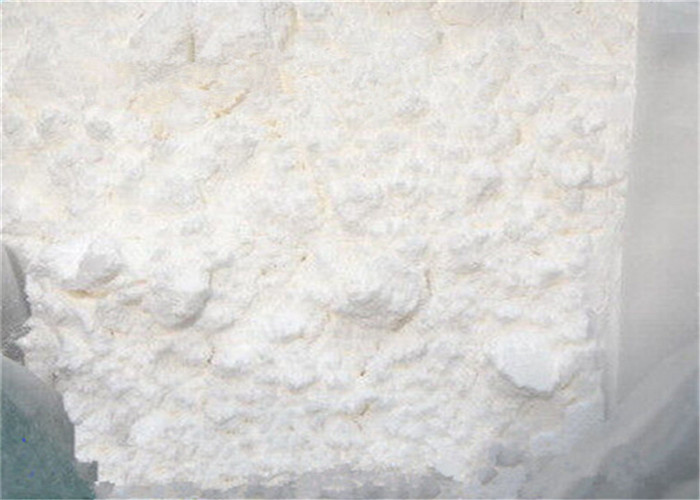
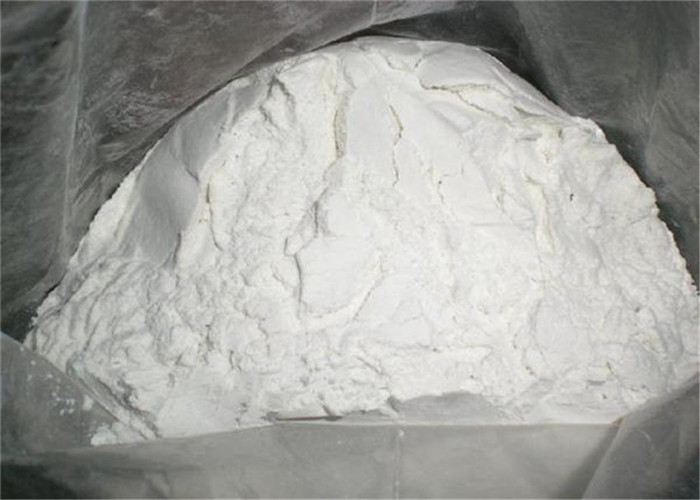
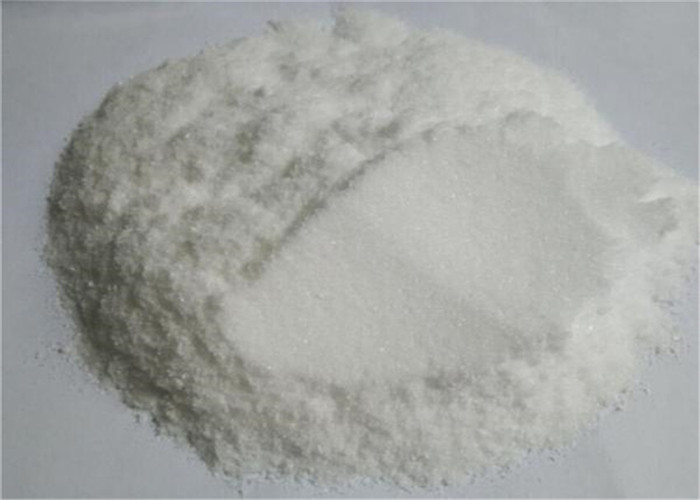
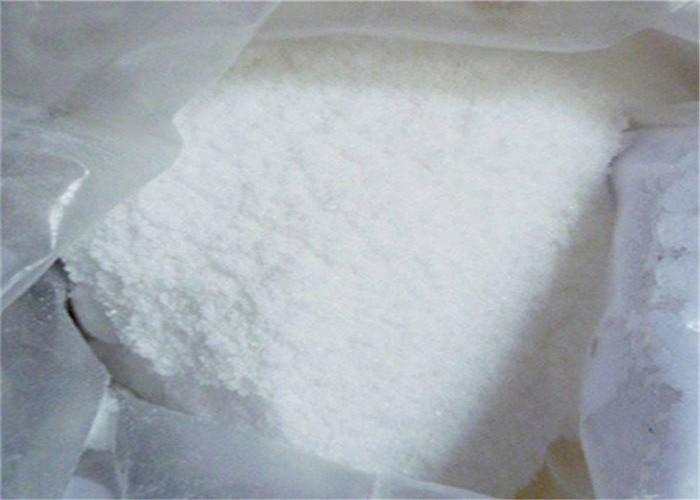
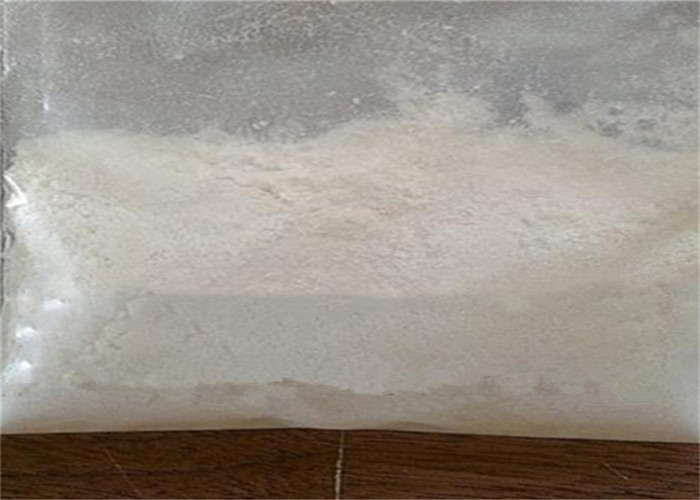
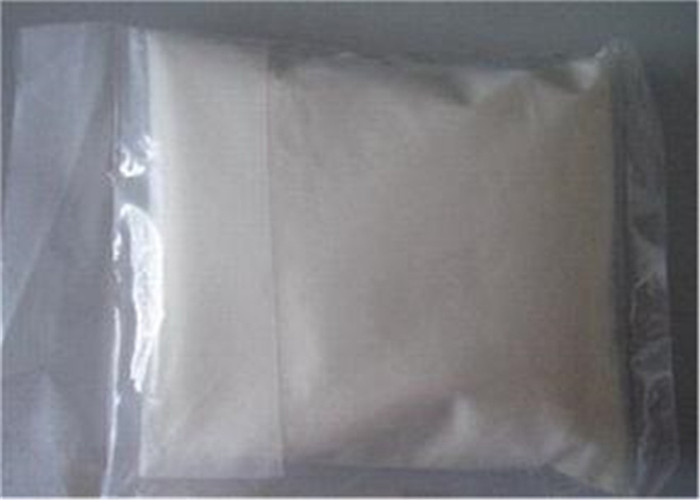



 Directeur commercial
Directeur commercial